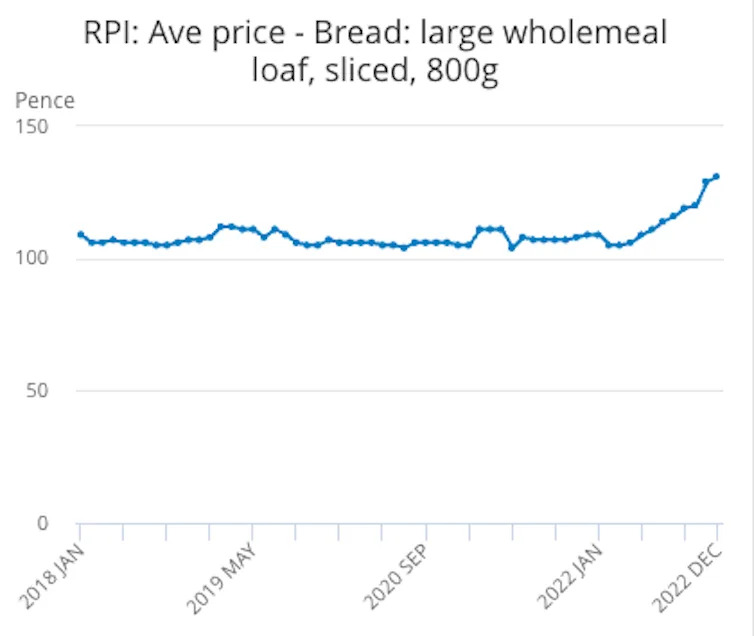Graig Graziosi
Mon, 6 February 2023 at 11:34 am GMT-7·3-min read
A Neo-Nazi leader and his girlfriend have been arrested and charged with plotting an attack on the Maryland power grid.
Brandon Russell, 27, and Sarah Clendaniel, 34, have been charged for conspiring to destroy an energy facility, and face up to 20 years in prison, according to The Washington Post.
Mr Russell met Ms Clendaniel while they two were incarcerated at different prisons. The former, the founder of the violent neo-Nazi group Atomwaffen Division, had been arrested for possessing bombmaking materials, and the latter had been robbing convenience stores with a machete.
In 2017, Mr Russell's roommate, another Atomwaffen member named Devon Arthurs, killed two of their other roommates. He was taken into custody and allegedly told investigators that had been planning attacks on nuclear power plants and power lines in the US.
Police responding to the scene found bombmaking materials in the house reportedly belonging to Mr Russell. He was arrested, charged, and imprisoned after he pleaded guilty to possession of an unregistered destructive device and improper storage of explosive material.
During his time in prison, he met Ms Clendaniel and was eventually released in 2021. He later met and began discussing his future ambitions with a government informant.
According to prosecutors, Mr Russell began discussing potential attacks on power infrastructure with an undercover government informant last summer while he was still on probation.
Mr Russell allegedly told the informant that they should target transformers, as they were "custom made" and would "take almost a year to replace."

Sarah Clendaniel and Brandon Russell, the founder of the neo-Nazi group Atomwaffen, in mug shots (Maryland State Police / Pinellas County Sheriff’s Department)
He also said it would be best to wait for a winter storm, attacking at the moment when "most people are using max electricity."
Ms Clendaniel, who also met with the informant, was reportedly convinced she was going to die of kidney disease in the near future and wanted to carry out an attack quickly so she could "accomplish something worthwhile."
“If we can pull off what I’m hoping ... this would be legendary,” Ms Clendaniel allegedly told the informant.
She reportedly left a statement that contained references to Hitler, the Unabomber, a Norwegian mass shooter, and claimed that she would "sacrifice **everything** for my people," according to a criminal complaint reviewed by the Post.
The complaint also revealed that she was reportedly looking to purchase a new rifle after hers was confiscated after a fight with one of her neighbors. She allegedly asked the informant to obtain a rifle for her while she scoped out possible attack sites in the Baltimore area.
Baltimore Gas and Electric issued a statement in the wake of the announcement outlining its fortification efforts to protect its facilities.
“We hold the safety of our employees and the safety and security of our customers and communities as top priorities. In the last decade, we have increased our level of investment on grid hardening capital projects, and monitoring and surveillance technologies to work to prevent both physical and cyber-attacks,” the company said in the statement. “We remain focused on improving the resiliency of the grid by stocking critical back-up equipment while designing a smarter grid that isolates damage and routes power around it.”
DOJ Charges 2 In Extremist Plot To Attack Baltimore Power Stations
Sanjana Karanth
Mon, 6 February 2023

Federal authorities say this photo is of Sarah Beth Clendaniel, one of two people charged with plotting to attack the Baltimore-area power grid.
Federal authorities say this photo is of Sarah Beth Clendaniel, one of two people charged with plotting to attack the Baltimore-area power grid.
Federal authorities have arrested and charged two neo-Nazis for allegedly plotting to attack Baltimore-area power substations, in what would be the latest attempt by far-right extremists to destroy energy facilities across the country.
The Justice Department announced Monday that law enforcement arrested Sarah Beth Clendaniel of Maryland and Brandon Clint Russell of Florida on charges of conspiracy to damage energy facilities. The two planned “to inflict maximum harm” on the power grid with the aim to “completely destroy” Baltimore, U.S. Attorney Erek Barron said at a press conference.
According to authorities, Clendaniel told an FBI confidential source on Jan. 29 that she planned to shoot up energy substations surrounding Baltimore, including in Norrisville, Reisterstown and Perry Hall, Maryland. The 34-year-old said she was “determined” to carry out the infrastructure attacks and said they would “probably permanently completely lay this city to waste,” according to a criminal complaint unsealed on Monday.
Clendaniel, under the online moniker “Nythra88,” told the source that she had a kidney-related terminal illness and was unlikely to live more than a few months, the complaint said. She allegedly wanted the FBI source to purchase a rifle for her “within the next couple of weeks” so she could “accomplish something worthwhile” before she died.
The complaint included a photo of a woman, who authorities say is Clendaniel, wearing tactical gear bearing a swastika, holding a rifle and carrying a pistol in a drop holster on her left leg. The FBI also said a search of Clendaniel’s Google accounts revealed a document she allegedly wrote that referenced the Unabomber and Adolf Hitler.
“I would sacrifice **everything** for my people to just have a chance for our cause to succeed,” the document said, according to the complaint.
Clendaniel is accused of conspiring with Russell, the 27-year-old leader of the neo-Nazi group Atomwaffen who was sentenced to prison in 2018 after the FBI found an explosive device and extremist materials belonging to him. Russell’s roommate, who was charged with killing their other two roommates in 2017, told authorities they were planning to attack U.S. infrastructure.
According to the complaint, Russell encouraged attacks on power stations and gave guidance on how to inflict the most damage while speaking to the same FBI source. Russell allegedly said the attacks would cause a “cascading failure” of the power grid, and that “putting holes in transformers ... is the greatest thing somebody can do.”
Russell directed the source to speak with Clendaniel, who allegedly discussed potential attack sites during the first week of February. She sent links to the FBI source for infrastructure maps that showed the locations of five specific electrical substations, according to the complaint.
“Driven by their ideology of racially-motivated hatred, the defendants allegedly schemed to attack local power grid facilities,” Assistant Attorney General for National Security Matthew Olsen said in a statement. “The Justice Department will not tolerate those who threaten critical infrastructure and imperil communities in the name of domestic violent extremism.”
In a statement, the power company Exelon said it had been notified that the alleged plot targeted several Baltimore Gas and Electric power stations. BGE is a subsidiary of Exelon.
“Law enforcement acted before the perpetrators were able to carry out their plan, and there was no damage to any of the substations, nor was any service disrupted,” the statement read. “The substations are not believed to have been targeted out of any connection to BGE or Exelon, or because of any particular vulnerability.”
Various extremists have recently attempted to destroy a number of electrical facilities across the country. In the last three months, people have attacked at least nine substations in Nevada, Washington, Oregon, and North and South Carolina. The attacks resulted in massive power outages for tens of thousands of people during the winter months, exposing the U.S. electrical grid’s vulnerability to domestic terrorism.
The federal charge of conspiracy to attack energy facilities is punishable by up to 20 years in prison.

























